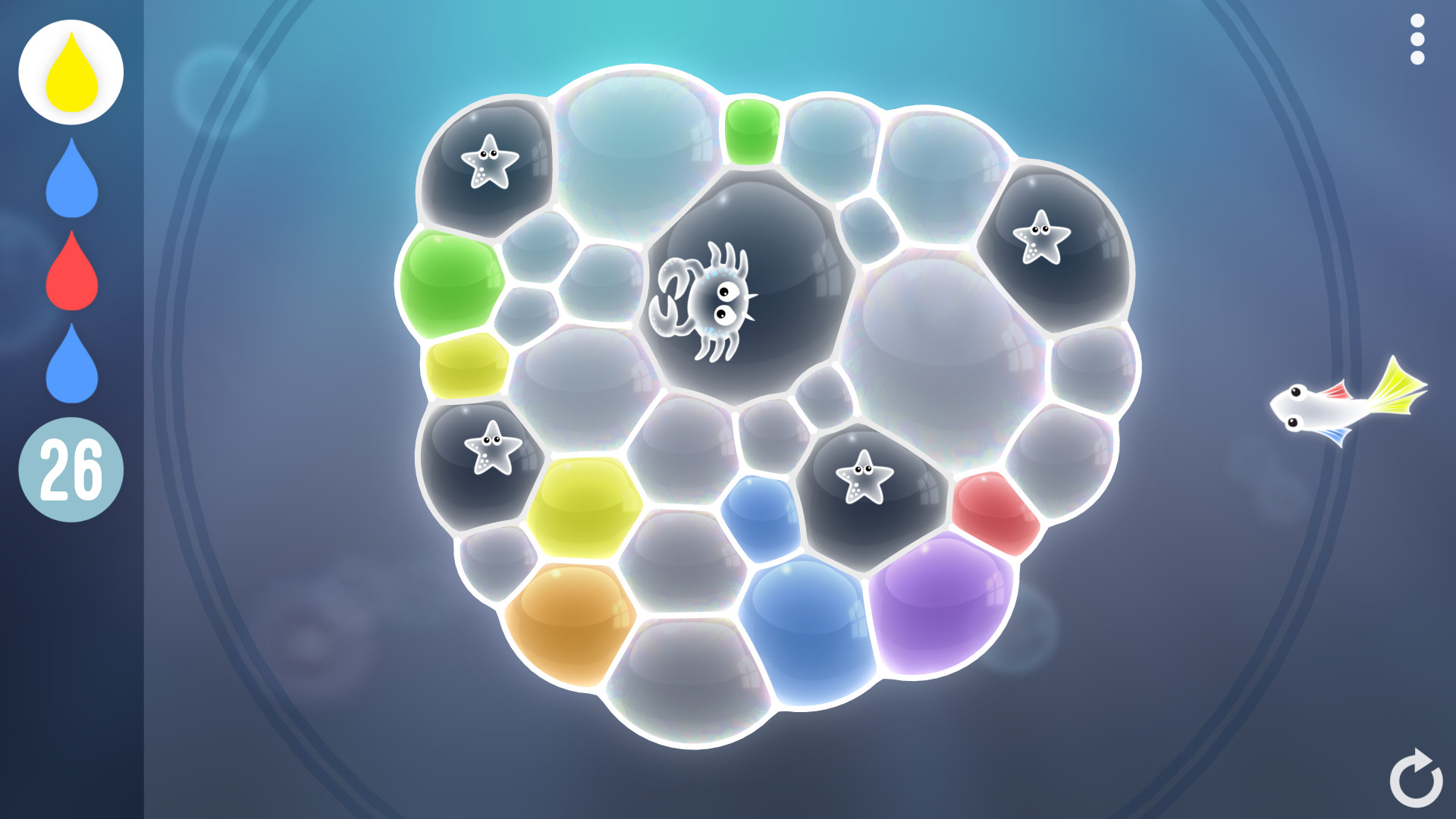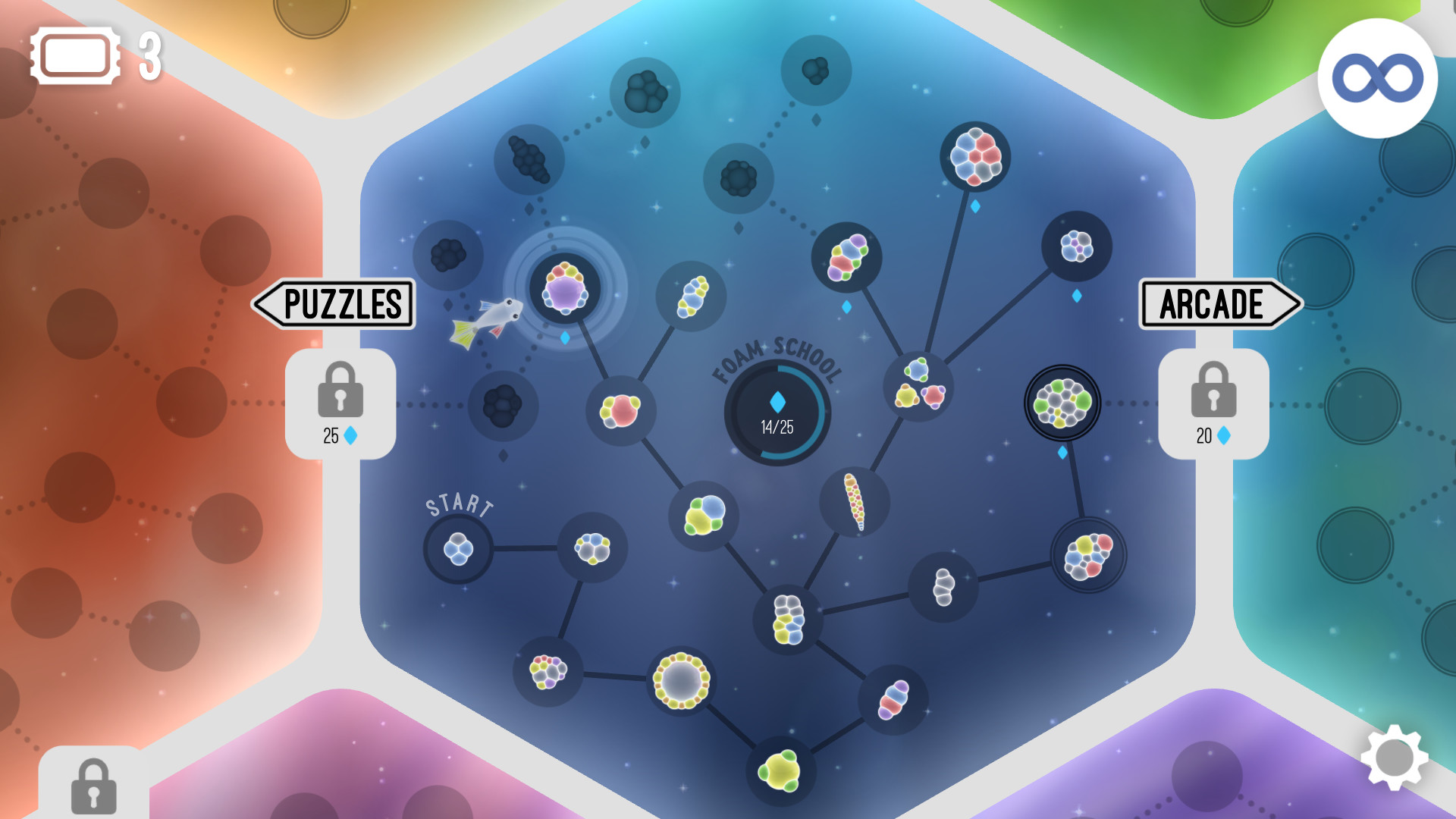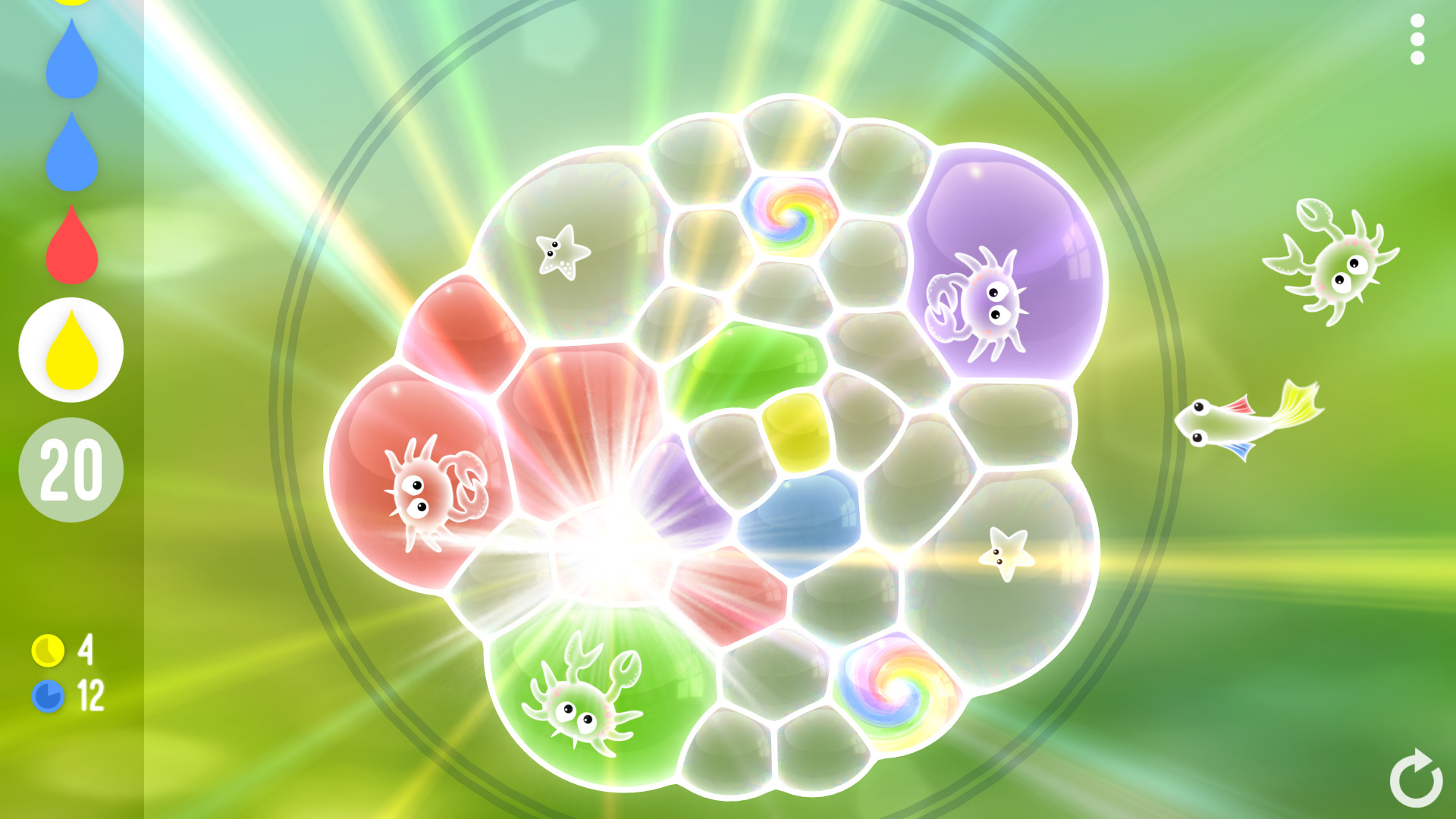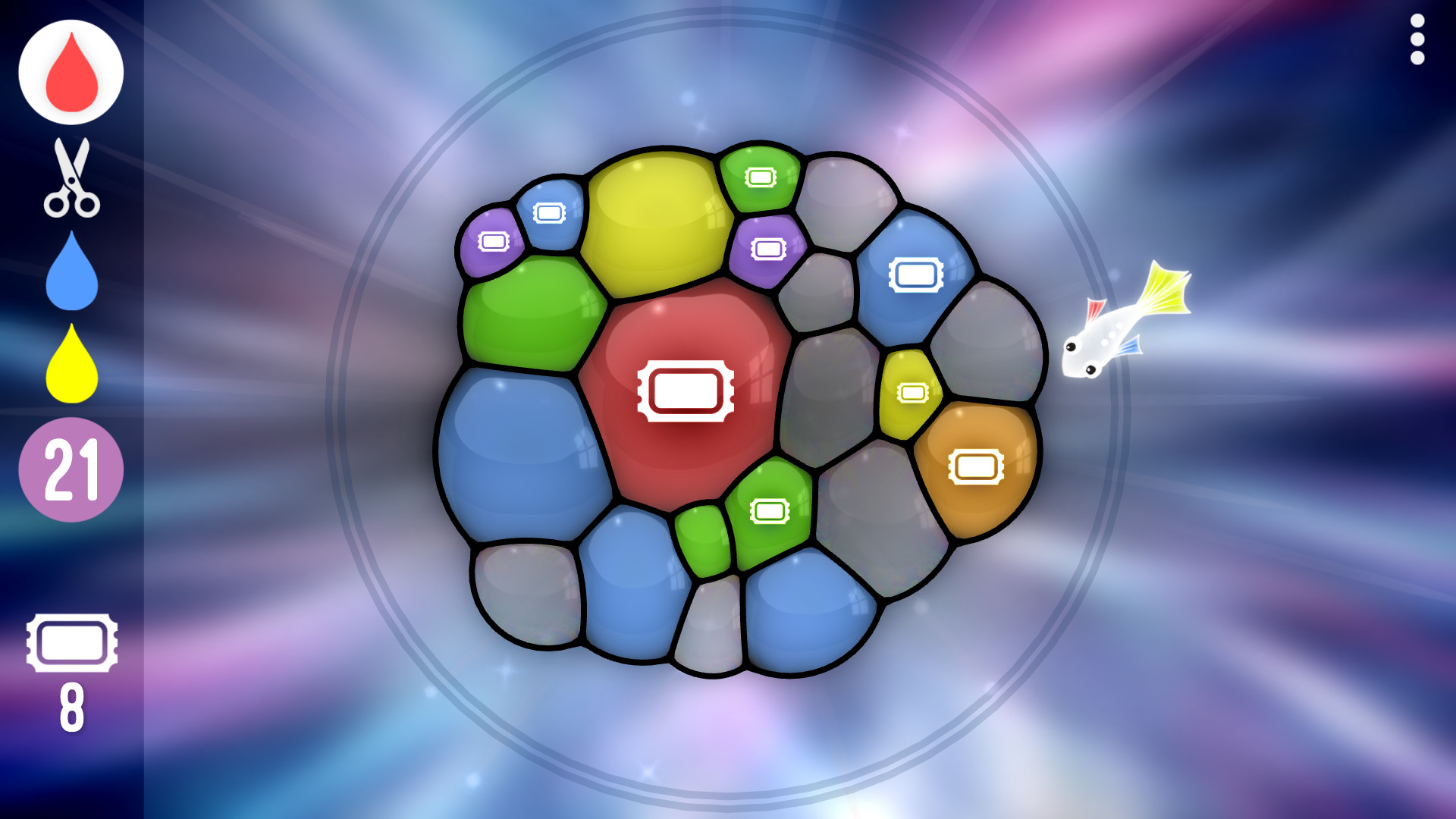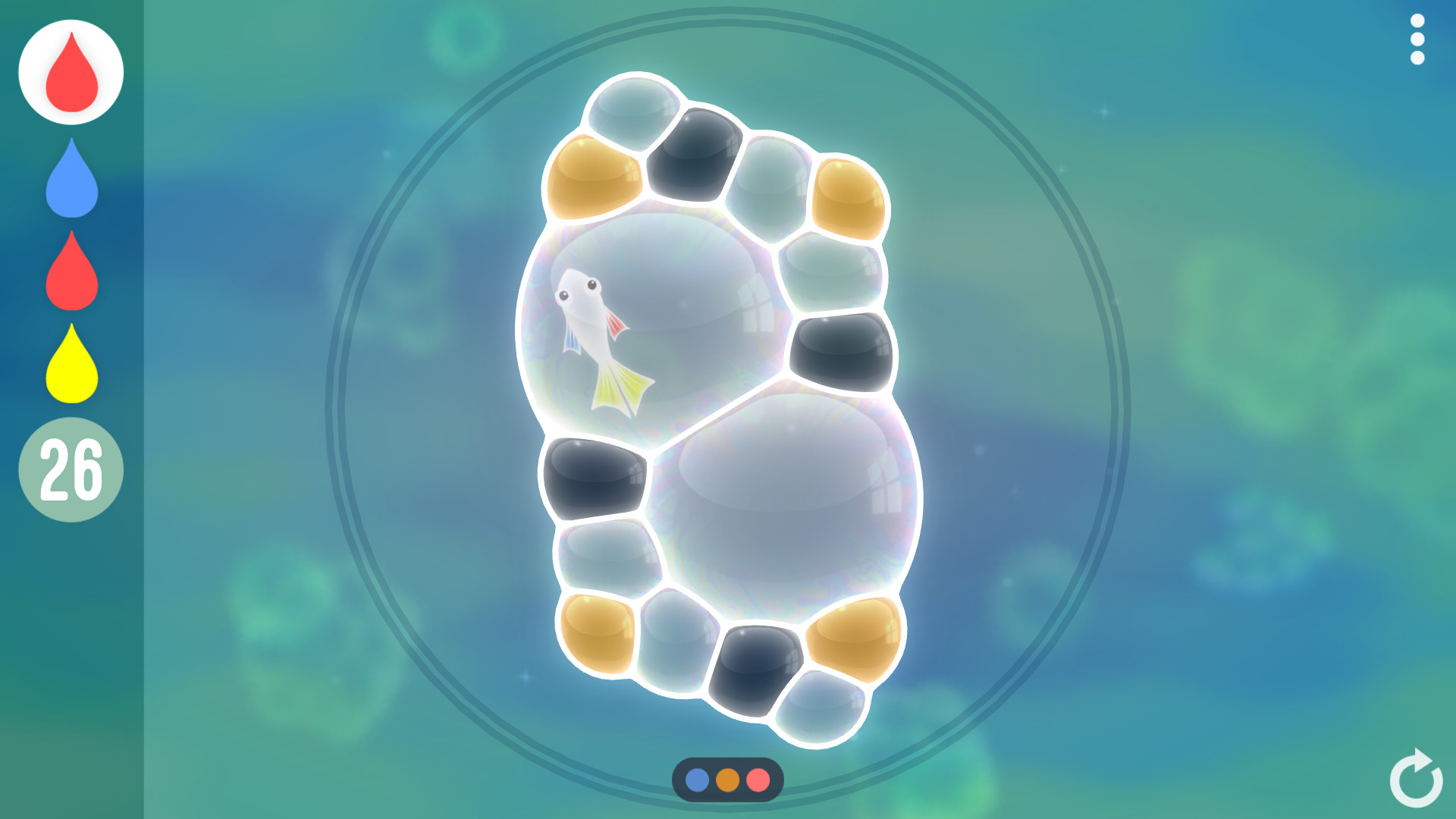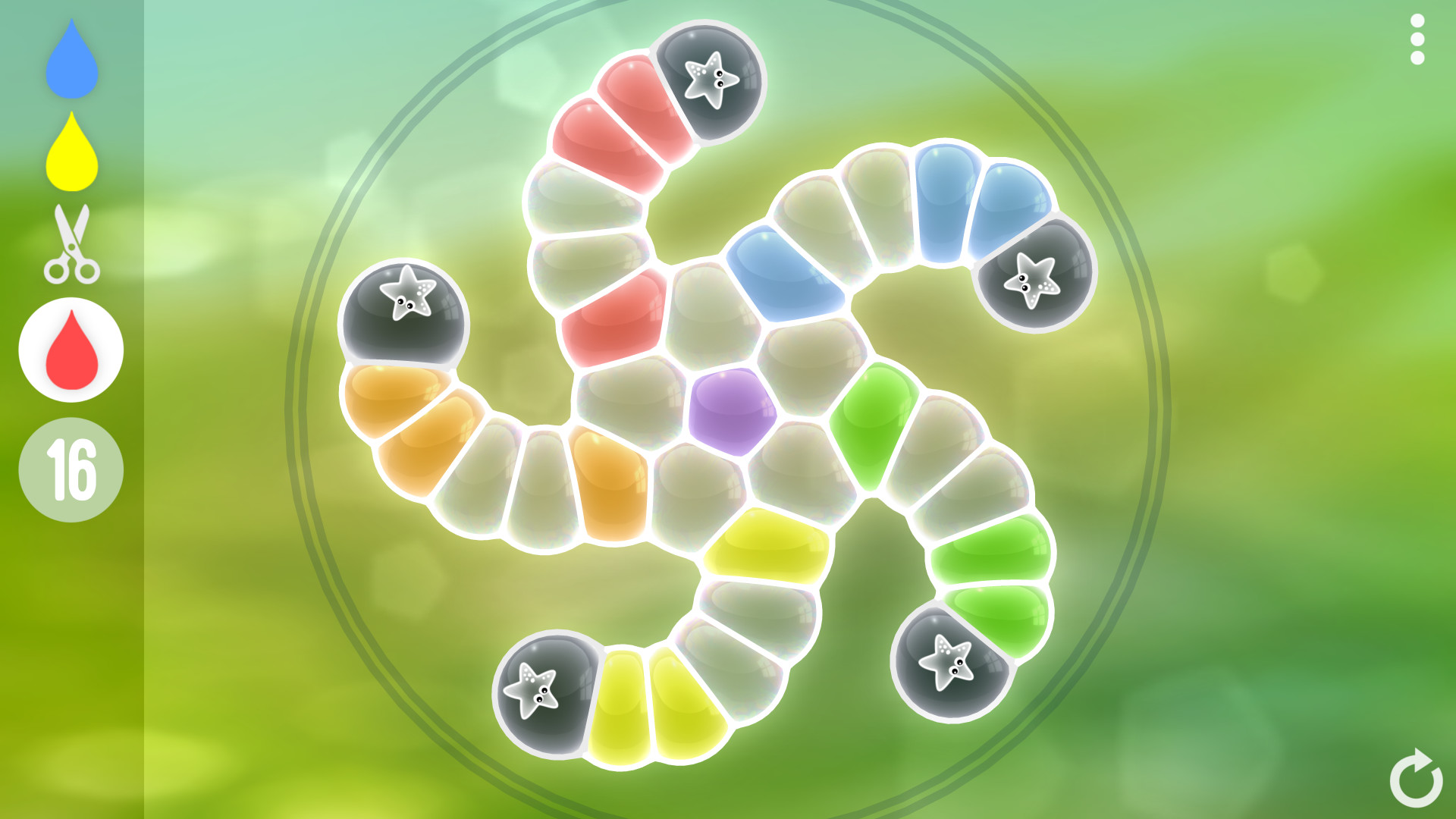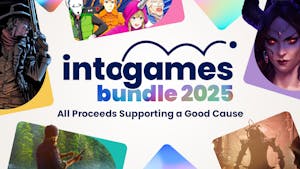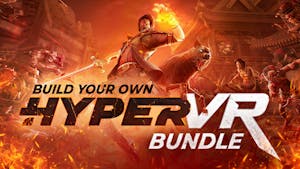
Innovative New Gameplay
Winning multiple awards for its unique gameplay, Tiny Bubbles takes gaming into the organic world. Fill bubbles with colored air and push nearby bubbles around using the physics of pressure and surface tension. Break edges between neighbors and mix colors to create matches of 4 or more. Make moves in real-time with a Tetris-like queue that lets you build up cascading chain reactions.170+ Handmade Puzzles
Experience deep gameplay with surprising new challenges down every path. Each puzzle requires new thinking and twisting strategies. Play three game types in 7 worlds: puzzle, arcade, and infinity.Lifelike Soap Bubble Physics
Based on the unique artistic vision of designer Stu Denman and his world-renowned scientist grandfather Cyril Stanley Smith, the game brings to life the beauty of nature to your screen. Incredibly fluid Molecular Dynamics Engine animates bubbles at 60 FPS.Relaxing And Atmospheric
Adaptive ambient music gracefully integrates with the satisfying sounds of popping. Put on a pair of headphones and get your brain in the zen-zone.Mesmerizing Creatures
Save microscopic aquatic creatures that are trapped in the bubbles. Avoid greedy jelly crabs and spiky urchins. A curious fish named "bloop" will reveal your nature as an optimist or a pessimist.Awesome Powerups
Are the puzzles too challenging? Earn wild bubbles by making longer chains. Additional bonuses for collecting the right colors and making matches of 7 or longer. Earn color shufflers, boundary expanders and other powerups to use just at the right moment for epic wins!Colorblind Mode
Featuring an innovative colorblind mode that provides an authentic experience without intrusive icons or patterns.My grandfather had tremendous influence over me as a boy, spending summers with him out in the woods of New England. He would marvel over the structures of leaves, molds, and tiny forest creatures. At dinner he’d go on and on about how fascinating the world was, and had a particular interest in minerals, metals, and soap bubbles. I didn’t know until later that he was a rather well known scientist at M.I.T. His work inspired the bubble clusters and strange physics in Tiny Bubbles. He was also color blind.
Color blindness is not rare, in fact almost 1 in 10 males has some degree of color disability, usually in the red-green part of the spectrum.
My grandfather’s color blindness was never a disability, in fact it helped him appreciate structures in nature where others did not. When I was 13 years old he sent me some bubbles to color in for a lecture he was giving. He needed my help because of his color blindness. He would have had the same problem playing Tiny Bubbles, had I not taken the effort to make a color blind mode in the game.
While many developers use patterns or icons to make their games accessible, it was important to me to make a colorblind mode that was authentic to the original game. After a lot of testing, my color blind friends and I came up with a new color palette that works for all 3 color blindness types and defines new color mixing rules that are easy to remember.
When showing Tiny Bubbles at shows like PAX or SXSW, people come by and play in groups. Often I notice a gamer standing behind a friend watching the friend play. Later they would come up to me and tell me how they had dismissed the game, like so many others before, when they first saw it. The gameplay was based on color. But while watching their friends play, they noticed this prompt appear:
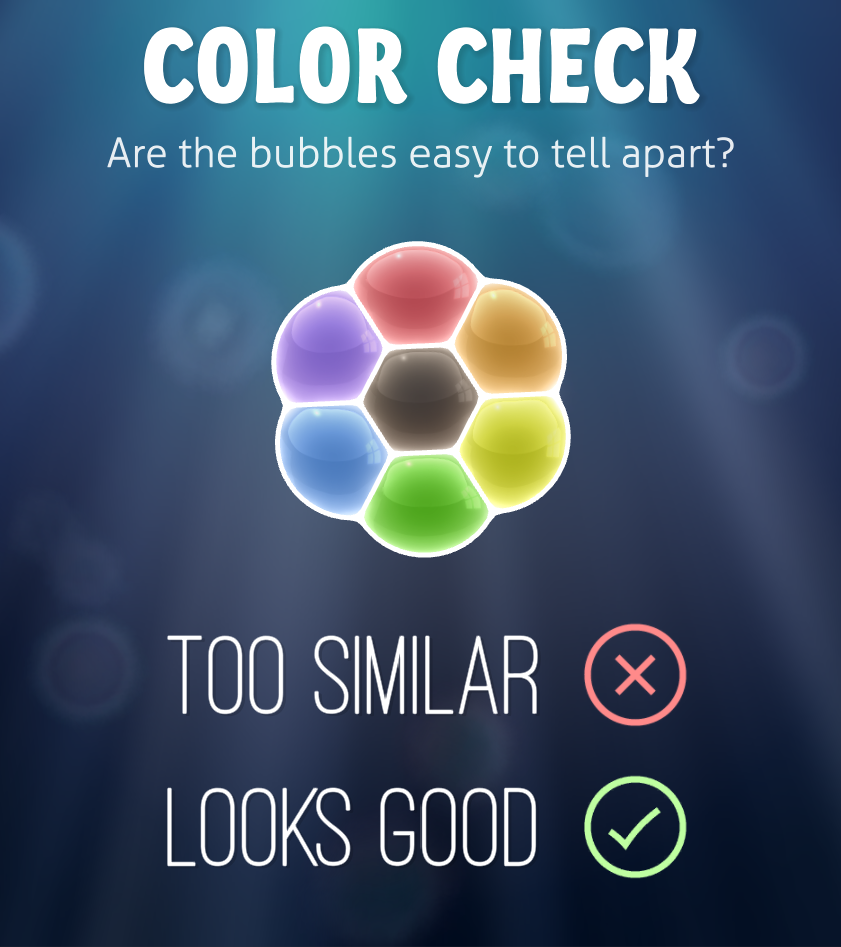
If you have the most common color blindness type (Protanopia), you'll see that a lot of the colors are the same (simulated):
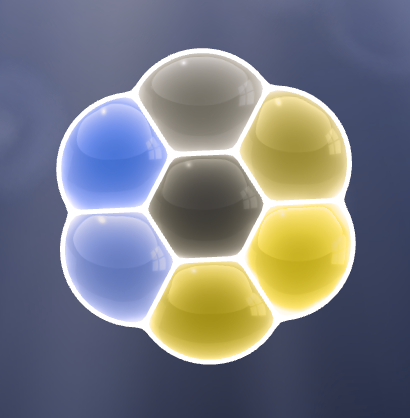
When you select the [Too Similar] button, you get this next screen:
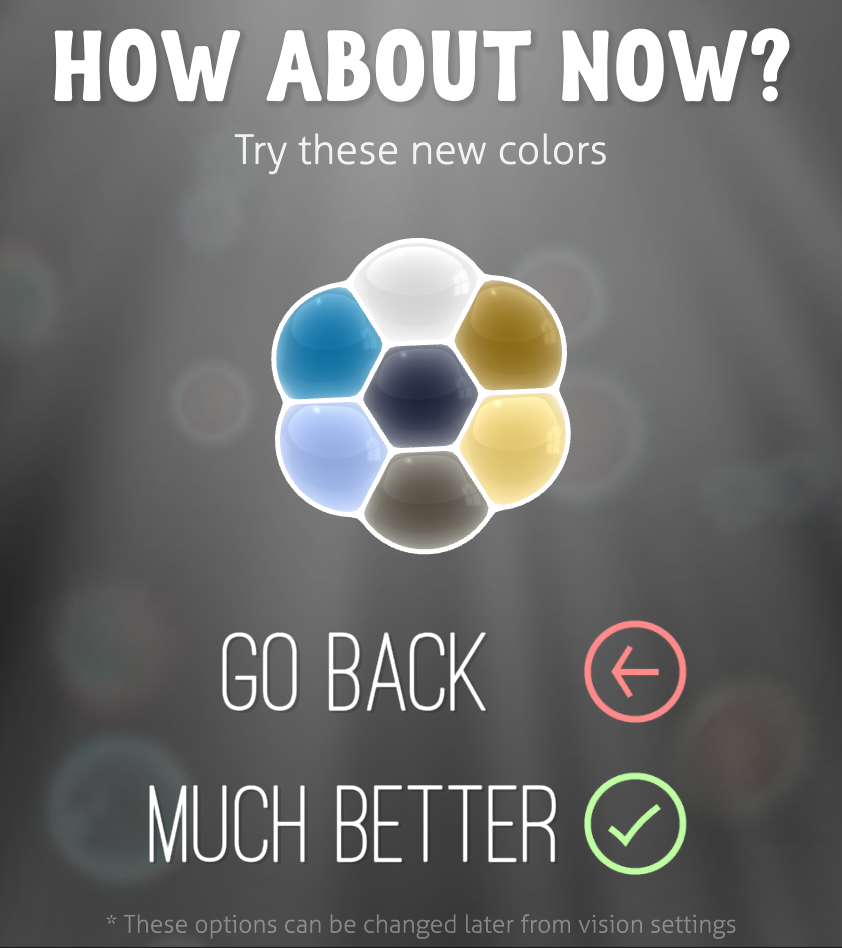
I like this approach, it's similar to how first-person shooters sometimes have a test for reversing the Look Y-Axis while you're playing the game. I hope you agree it was worth the extra effort.
You can help us by telling our story about color blindness in games. Share this article. Maybe it will convince other game developers to think more about color blind players.
-Stu
Creator of Tiny Bubbles
Sign up for Tiny Bubbles news on our website
Minimum Setup
- Processor: 2+GhzMemory: 1024 MB RAM
- Memory: 1024 MB RAM
- Graphics: Open GL3+
- Storage: 200 MB available spaceAdditional Notes: Steam client required.
[ 6487 ]
[ 1519 ]
[ 2422 ]

